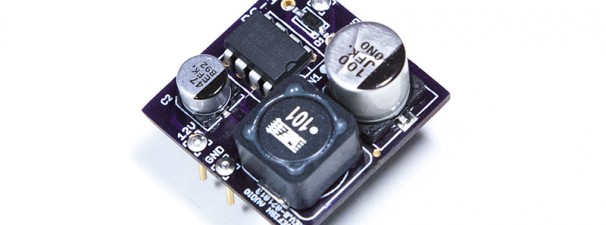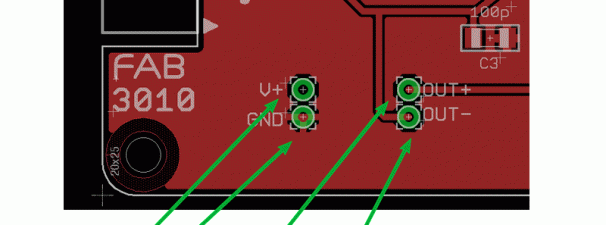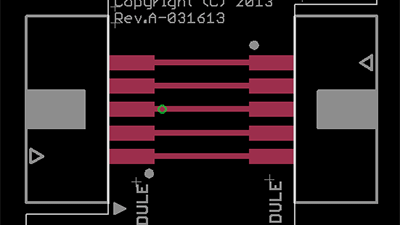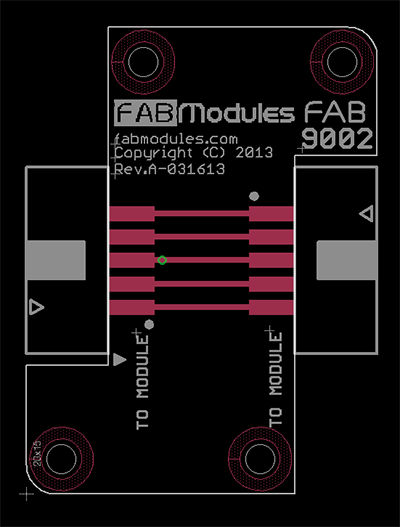I decided to test how my FAB1248 DC/DC Converter will behave in a short circuit condition. It is unavaoidable to experience short circuit when you’re playing around with electronics. Sooner or later, you’ll experience it. The question is will the FAB Modules survive if there was ever an accidental short-circuit?
Will our FAB1248 Module release the magic smoke? Will you need to buy another FAB Module from me to replace your short-circuited DC/DC Converter?
Here are the results of my testing:
TEST PROCEDURE:
We connected our FAB1215 Power Supply Module, with a FAB1248 plugin to a 12Volts DC Adapter (wall wart). We then attached a multimeter to monitor the voltage lines across GND and +48V output.
Voltage level (without load, open circuit) = 47.88Volts
Next, we connected the 48Volt line directly to Ground, thus creating a short-circuit condition. A big spark occurred. We let the 48Volt line connect to Ground for several seconds. Measured output voltage during this short circuit condition is 34.8mV according to the multimeter.
Next, we removed the short-circuit condition. Measured output voltage went up to 1.25Volts, but not our original 47.8Volts…. Hmmmm….. at this point, I’m wondering if the FAB1248 survived… It doesn’t seem to be looking good. It’s only hovering around 1.25Volts.
Removed the 12Volts input voltage from the FAB Module. Now, the measured output voltage is now 0 volts, naturally… since there is no voltage input source.
Hooked up the 12Volts input again to the FAB Module…. Voila! We measure 47.88Volts again, and our FAB1248 module is still working properly. I repeated this test procedure several times and each time, the FAB1248 comes back to life after doing a “reset” …. just unplug the 12Volt source, and plug it again.
So I’m happy to report, that yes, the FAB1248 will survive a short-circuit condition and not break down. You may need to “reset” the converter by powering off, then powering back on…. of course, after you’ve removed the short-circuit condition.







